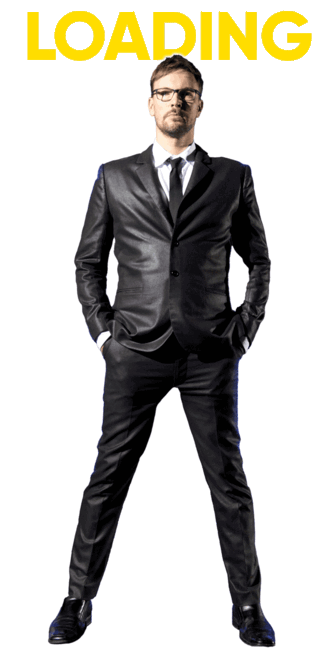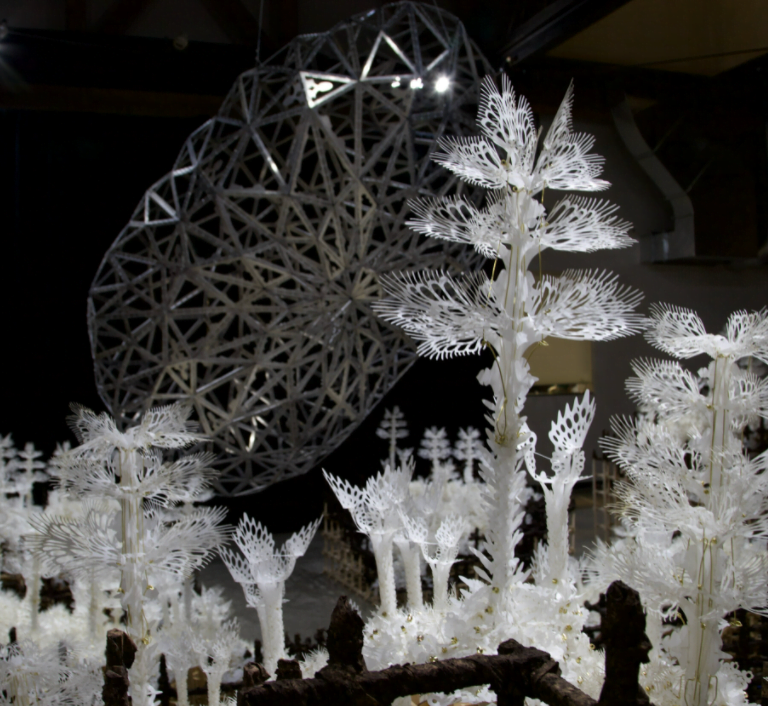
Go Back Go Back Go Back Go Back Go Back Go Back Go Back Go Back Go Back Go Back Go Back Go Back Go Back Go Back
Casey Curran Casey Curran Casey Curran Casey Curran Casey Curran Casey Curran Casey Curran Casey Curran Casey Curran Casey Curran Casey Curran
Robotic Sculpture Robotic Sculpture Robotic Sculpture Robotic Sculpture Robotic Sculpture Robotic Sculpture Robotic Sculpture Robotic Sculpture Robotic Sculpture Robotic Sculpture Robotic Sculpture
Casey Curran creates work that is exists in the extremes of organic and inorganic. Delicate laser-cuts of opaque plastic layer like scales, like leaves, in complex patterns that reflect nature. They are meticulously timed in machinery controlled movement to give the effect of breathing, of the wind, of growing.
The mechanical joints are at once old-fashioned in their handcrafted pipe-cleaner twisty-ness…while also so complex as to take you by surprise.
I have one of his (non-robotic) COVID masks hanging in my hallway. You can buy your own here.
From the website
Parable of Gravity, an exhibition by Seattle-based artist Casey Curran, envelops viewers in an otherworldly kinetic landscape that appears to emerge from a series of crumbling scaffolds. As viewers enter into the installation they become fully immersed in an expanse of blossoming flora and an alien symphony that playfully bounces around the room. The chirping mechanical elements taken together deliver the viewer into the soundscape of a rainforest never seen but still inhabited with its varied insects, croaking frogs, shifting vines, and falling water. Through Parable of Gravity, Curran provides us with an alternative “natural” world. What you encounter is an environment in transition, simultaneously undergoing a cycle of growth and collapse. This fabricated ecosystem alludes to the fine balance of our world’s natural systems and our impact as humans on their well-being.
As you enter the studio, wooden support structures rise to eight feet tall. Moving inward, they congruently descend to rest under a monumental aluminum centerpiece modeled after 951 Gaspra, the first asteroid ever captured in detail. Each deteriorating structure hosts its own kinetic garden that is hand-constructed and assembled from laser-cut polyester drawing paper. The buoyancy of the material creates a life-life shudder in the mechanized sculptures that resembles stop-motion photography of a botanical bloom. This fastidiously constructed world is minimal in form and color, which further showcases its intricate brilliance. The aluminum asteroid—titled Anchor of Janus after the Roman god of passageways, transitions, beginnings, and endings—incorporates a rose window motif inspired by Gothic cathedrals and churches. This mythological, architectural, and astronomical convergence considers not only the scientific and spiritual aspects of our connection to the natural world, but also our cultural legacy and the ways in which past technological advancements continue to impact our lives and experiences today. Further, the reference to Janus recognizes the dual nature of human progress, with all of the positive and negative implications it carries.
It is prophetic that conversations for this exhibition began well before the COVID-19 pandemic and the sociopolitical upheaval and environmental catastrophes of the last year. Amidst these mounting events, the conceptual explorations of Parable of Gravity feel more relevant now than ever. It is undeniable that the unforeseen costs of rapid technological innovation, growing human populations, and our impact on the planet have pushed us to the edge of our sustained survival, looking toward a future that seems to crumble all around us. At this moment, we have a chance to save what we haven’t lost and leave our legacy for the generations that follow. Curran uses his installation to present us with an opportunity to evaluate, or rather reevaluate, our current and future relationship to one another and the world around us.
botanical bloom
Casey Curran Casey Curran Casey Curran Casey Curran Casey Curran
Casey Curran Casey Curran Casey Curran Casey Curran Casey Curran Casey Curran
Casey Curran Casey Curran Casey Curran Casey Curran
Casey Curran Casey Curran Casey Curran Casey Curran Casey Curran
WHAT
robotic organic sculptures
WHEN
2021






